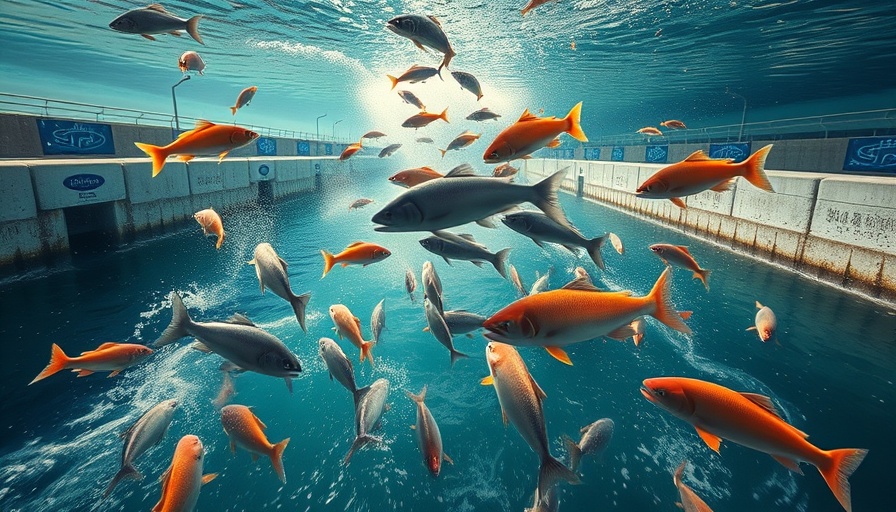
Understanding the Nutritional Dynamics of Aquafeed
As the aquaculture industry continues to expand, the intricacies of feed formulation become increasingly crucial. Understanding the trade-off between feed production costs and fish yield is critical for farmers, especially as advancements in technology allow for better nutrient optimization in cultured species. Despite this, a significant number of small-scale farmers still produce 'homemade' feeds, which may lack the nutritional consistency required for optimal fish health and growth.
The Extrusion Process: Enhancing Feed Quality
At the heart of high-quality feed production is the extrusion process, which utilizes high temperatures and pressures to create durable and stable feed pellets. This method not only increases pellet durability in water but also enhances the nutritional quality by rendering anti-nutritional factors harmless. However, even with the benefits of extrusion, the issue of nutrient leaching remains pertinent, particularly if the pellets are of poor quality.
The Culprit Behind Nutrient Loss: Poor-Quality Pellets
The ramifications of using substandard feed are profound. Poorly extruded pellets can deteriorate in dynamic aquatic environments like open net pens, leading to significant financial losses due to nutrient leaching. As water movement destroys these pellets, farmers effectively waste resources. Studies suggest that certain ingredients, like camelina meal, can detract from pellet durability, thereby necessitating careful ingredient selection to reduce nutrient loss during feeding.
Minimizing Leaching: The Role of Ingredient Selection
While incorporating plant-based protein sources has become common in aquafeeds, not all ingredients yield the same results. For instance, while camelina meal may be a cheaper option, soybean products have proven to deliver better outcomes in terms of digestibility and pellet integrity, thus mitigating potential nutrient leaching. This aspect highlights the critical nature of selecting the right ingredients to enhance both feed quality and fish yield.
A Practical Takeaway for Farmers
For farmers in the aquaculture field, the key takeaway is clear: reducing costs without compromising fish performance is possible through diligent feed formulation and ingredient selection. By investing in quality feed production, farmers can not only enhance fish health but also ensure a more sustainable and profitable operation.
 Add Row
Add Row  Add Element
Add Element 



 Add Row
Add Row  Add
Add 
Write A Comment